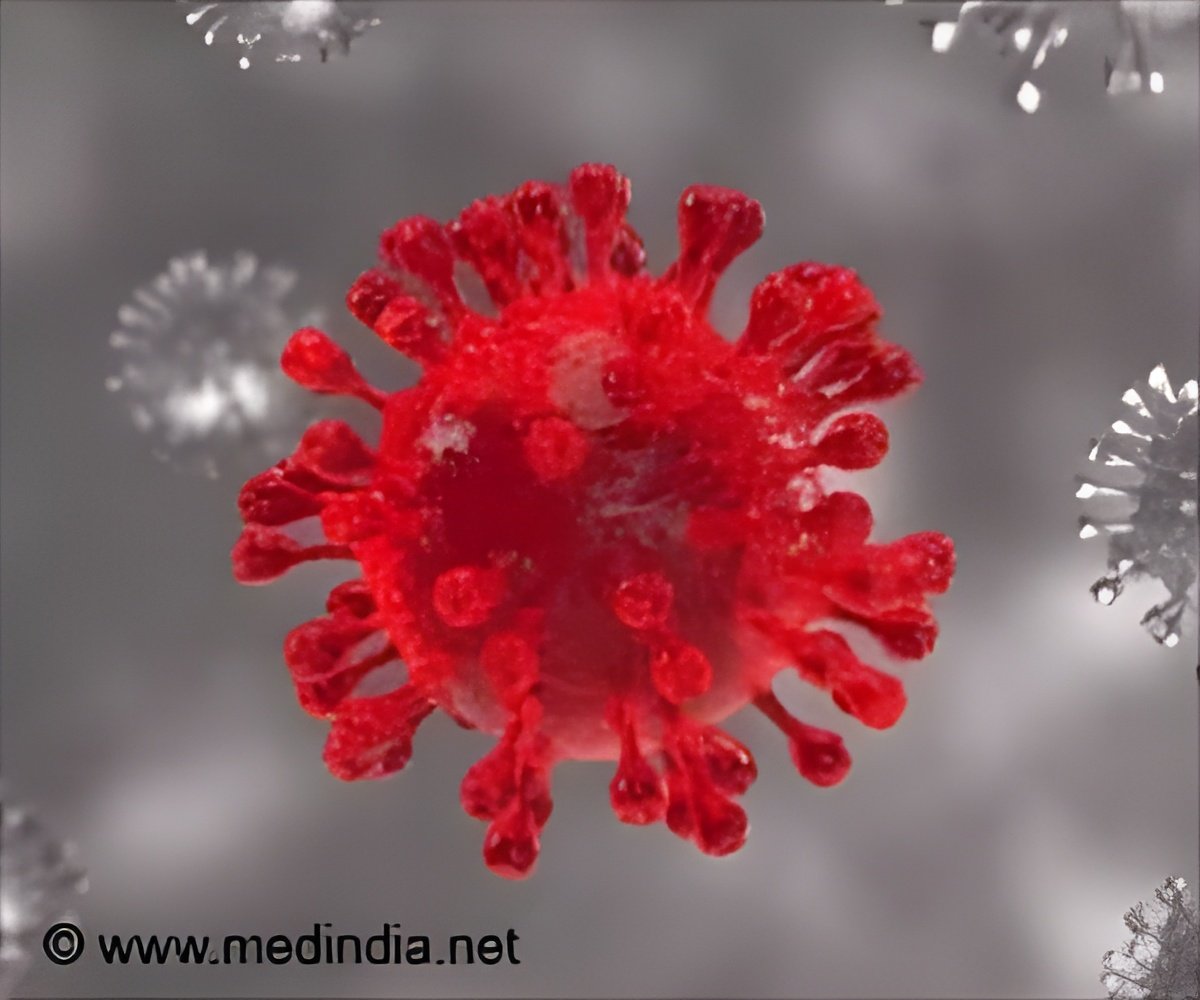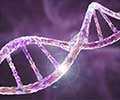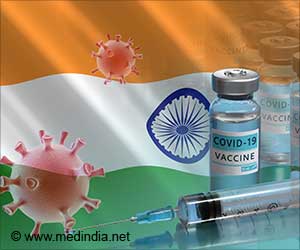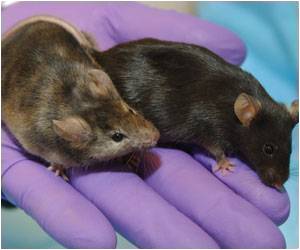New sublineages are spreading 25% faster than BA.2 and are increasing Covid-19 cases and hospitalizations as well.

‘New sublineages are spreading 25% faster than BA.2 and are increasing Covid-19 cases and hospitalizations as well.’





While most of the mutations look like underachievers, and of little consequence, two of these offshoots — BA.2.12.1 and BA.2.12 — have been fueling a rise in Covid-19 cases and hospitalizations in central New York. And one of them, BA.2.12.1, is outpacing BA.2 in other regions, too, the report said.
According to data from the US Centers for Disease Control and Prevention, BA.2.12.1 caused 19 percent of new Covid infections in the US last week, up from an estimated 11 percent of cases the week before.
The speed at which BA.2.12.1 is outpacing BA.2 is roughly as fast as BA.2 outcompeted its cousin BA.1, Trevor Bedford, an epidemiologist and genomic scientist at the University of Washington’s School of Public Health, was quoted as saying.
Though BA.2 is still very much around, it’s lost some ground. Last week, it caused an estimated 74 percent of Covid-19 cases, according to the CDC data, down from nearly 76 percent the week before.
Advertisement
"BA.2.12.1 has increased rapidly in proportion in the US compared to other BA.2 sublineages," especially in the region that includes New York and New Jersey, CDC spokesperson Kristen Nordlund was quoted as saying.
Advertisement
It urged the New Yorkers to "act swiftly" to consider wearing masks, to get booster vaccine doses, to get tested if they had symptoms, and to seek treatment if they had been infected by Covid-19.
Officials are concerned about BA.2 offshoots because they have swapped pieces of their spike proteins at key locations called L452Q and S704L.
"And those mutations are allowing the virus to enter cells faster and also contributing to evading antibody responses that are generated from vaccination or infection," said Andy Pekosz of the Johns Hopkins Bloomberg School of Public Health.
Two other Omicron sub-variants, BA.4 and BA.5, have begun to circulate at low levels in other parts of the world, including South Africa, Botswana, Germany, and Denmark. They also have mutations at 452, among others.
"What we really just don’t know right now is how much those mutations are going to be contributing to increased spread or increased disease severity," Pekosz said. "That’s something that’s going to take some time for us to figure out."
Source-IANS









